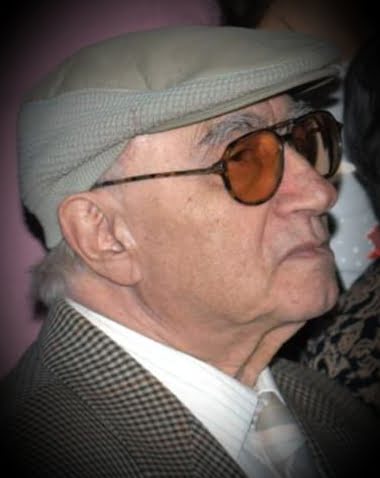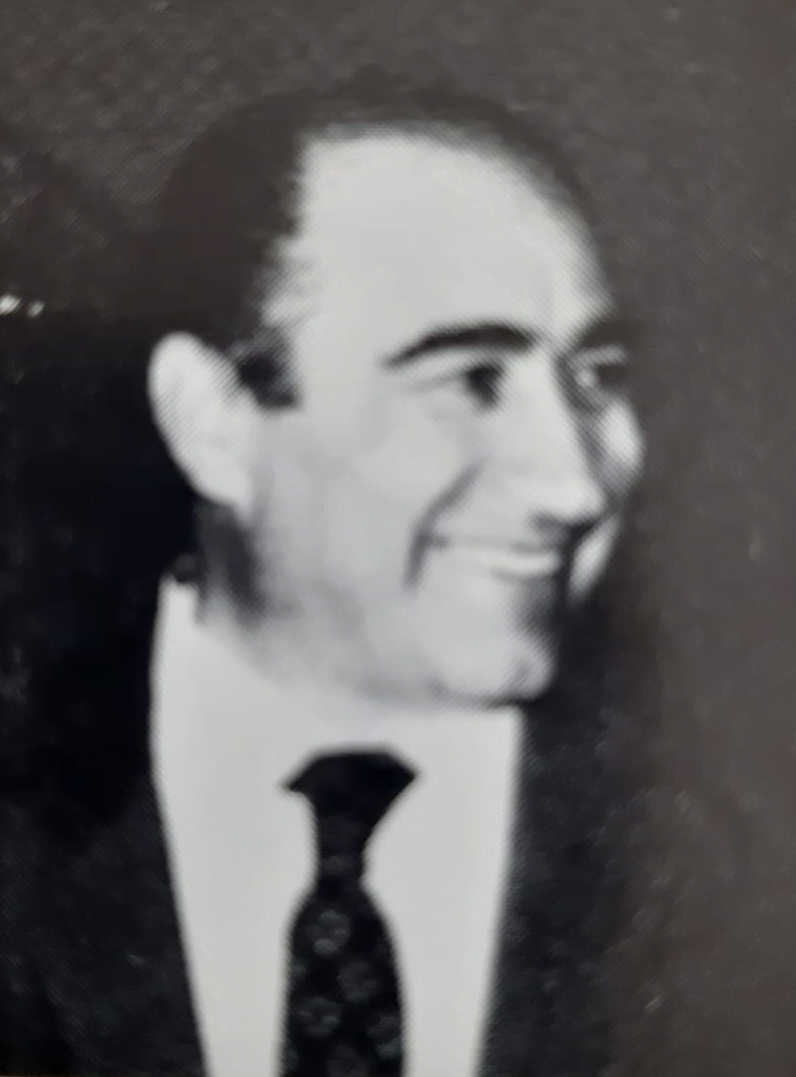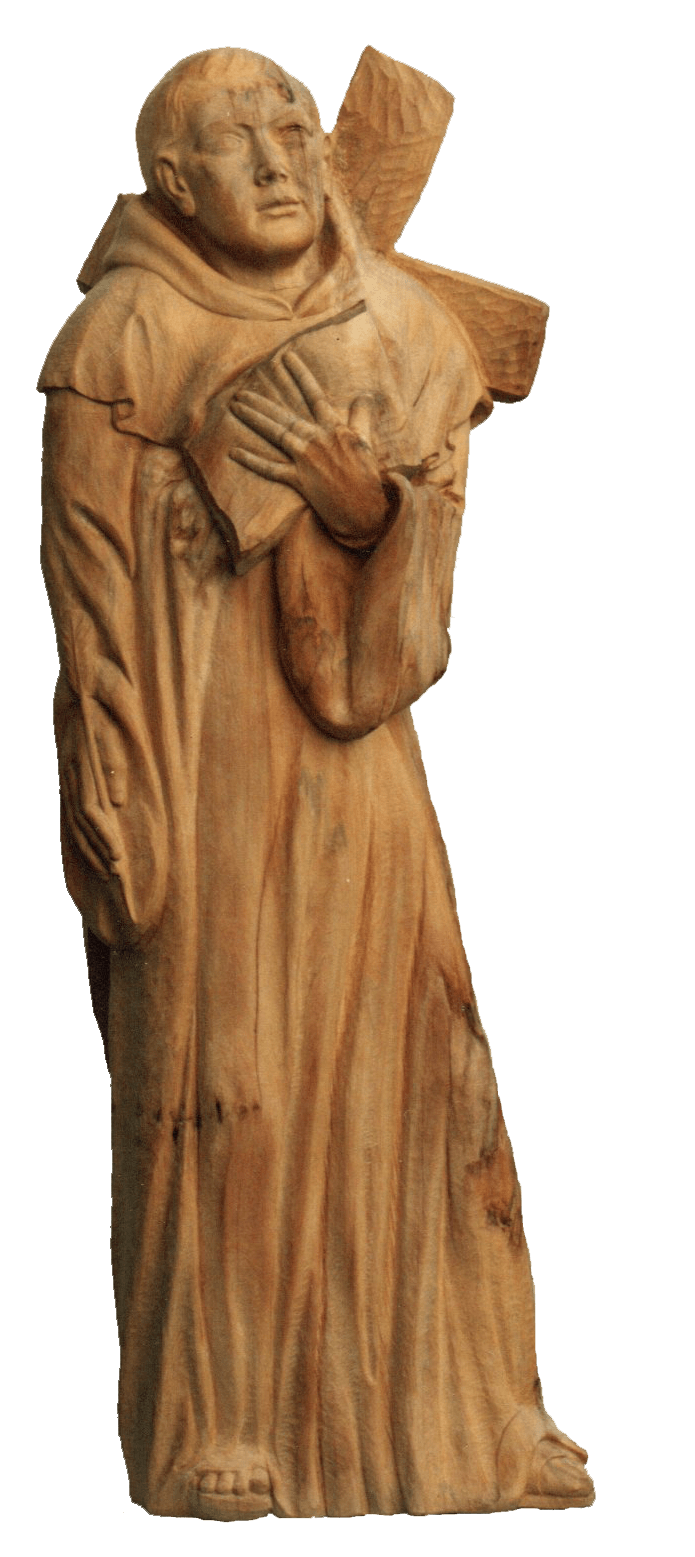Samuel Bugeja - The Person
Page 1 | Page 2 | Page 3 | Page 4 |


That was when my father groomed me in the various aspects of Italian life. He used to tell me about the open spaces in Rome – the piazzas and landmarks. He knew so much on the Rome churches that he would vividly explain them inside out including the various contributing artists. The Roman countryside was another favourite. But more intriguing was the political and economic upheaval that was taking place there. No wonder the Italians still refer to that period as ‘il periodo del boom economico’. The hustle and bustle in the capital Rome was impressive just as much as the Roman propensity to wear a suit even in the hottest of summer days. Samuel’s grooming improved as well and my mother was rather surprised when he frequently wore a suit after his return from Rome. My mother, for family reasons, had not accompanied my father neither in Leicester nor in Rome. The full year’s separation had brought an adaptation exercise in my mother with respect to my father’s changing behaviour after his return on both occasions. The Rome induced mutations in my father had caused her more adjustments.
My mother was brought up pro-British. English was her mother language and she never really harboured much Italian interest. This latest twist by my father had confused her. Having always trusted my father blindly, she wondered why he was ever so well-groomed now constantly with suit and tie. In turn, my father would make the occasional remark about her attire. The Italian ways had rubbed in on my father but he had no control over my mother’s life-style. She was a conservative by nature and would rather not change now that she was busy raising four children (the younger two came later in life) On the other hand, Samuel had become a confident professional and he could manage to come across like one as well. His confident ways had also been noticed by his peers at the Restoration unit within the Fine Arts Museum.
That was the time when his superiors at Fine Arts realised that Samuel had matured and he wanted to scale up his career. In typical civil servants’ style, well trained in the colonial management principles, they started to patronise more than ever. My father had taken in that sort of attitude prior to the Rome experience. But post-Rome absolutely not acceptable to have to absorb certain ingratitude. After all, all kind of opportunities were coming his way. Maybe these were the signs that change was in the air.
And soon enough the change came. Samuel applied for the post of Art Master at the Education Department. Sure enough he was selected and gladly took up the opportunity. It was also the year when I was selected to do the child’s Christmas sermon at our parish church in Sliema. My father proudly took me also to do the sermon at his school for the Christmas Mass before school recess. It was the first out of three public sermons, the other two were at Sliema and at the Attard parish midnight Mass - also accompanied by my father. I was eight years old at the time and I could really feel the chemistry with my father for the first time after the midnight Mass strolling out of the church. Looking up at the clear night sky in the vain hope of having a glimpse at Father Christmas, I could not hope in a merrier Christmas. This relationship with my father developed further as I grew up and by the time I was twelve years old I felt responsible enough to accompany him up church vaults to do my share of helping him aloft.

It was also the period when his strength in sacred art manifested itself with a vengeance. The Gozo Cathedral Chapter decided to commission a deserving pedestal and artistic base (commonly known as bankun) for their patron statue dedicated to the Assumption of the Madonna. A competition was launched for the best artistic submission from all leading Maltese artists. The submissions were sent to Rome for selection by the Sacred Art Commission at the Vatican. The choice fell on my father who quickly started to develop further the designs as well as the plasticine models. The models would then be casted in plaster for eventual final cast in solid silver or bronze. As a curious 10-year-old, it was a fascinating process for me to follow. Whilst I remember clearly the bronze casting at the then leading foundry in Malta, I could not do the same for the silver casts – they were done in Italy under my father’s supervision. The final result was and still is spectacular. The work was celebrated during the feast of Santa Marija on the 15th August 1960. My father took me to Gozo for the celebrations – it was my first ferry boat journey to Gozo on the now sea-bed scuttle mv Imperial Eagle. That evening, brimming with the Victoria people packing the Cittadella, I felt really proud of my father who was given the primadonna welcoming – much to his embarrassment because he was never comfortable in the spotlight. I also realised then that such popular acclamations are only achieved by very few protagonists in life. I was really lucky to be close to one of the chosen few that would really make it in life.
Samuel was a respected teacher. He was firm but fair according to his pupils. Yes, he loved teaching though he himself was manifestly self-taught. The kind of background he grew up in hardly pre-disposed him for academic achievements. It was an artisans’ environment he grew up in. His father Adam was a creative craftsman – a wood carver able to decorate even figuratively the nicest of church pulpits or horse-drawn hearses besides exquisite floral furniture decorations. My father realised early that if he had to up-grade to a level when his work had reach the artistic benchmark, the whole mind-set had to go with it. Attendance at the School of Art from the late teenage days was of much help. But there was one other step that he needed to make the intellectual break-through – reading. Throughout his life my father read books and kept a sharp intellect. He knew he could not create an original theme without first reading the subject matter and researching what others had to say about it.
A case in point was the competition for the monument to Dante. He felt inside he had to do his contribution because Italian culture deserved to be well represented in Malta. My father did read the Divine Comedy and some learned opinions about it. In his mind, my father felt that the best recognition one could give to Dante is by creating a sculptural art work on the Divina Commedia theme. Thus came the fine masterpiece sculptured in wood that was submitted for exhibition but out of the contention for selection. My father knew that undercurrents, like in many other spheres, had telling effects. Why pin any hopes when dies might already be cast? Sure enough the selection committee chaired by Prof. Causa had words of extreme praise to my father’s submission. But nobody had the temerity to tell Samuel ‘Look here Samuel. We know you wanted to submit out of competition. But we want your exhibit as the monument because yours is the best. Its either yours or nobody’s.’ That kind of approach would have made my father change his mind and release his model for the Dante monument as the preferred monument. As things turned out the monument there is now is the one that was predicted and chosen from the ones enetred in the competition. I am not convinced that the present Dante monument inspired many Maltese to read and appreciate the Divine Comedy. Monuments are not about cloning figures for posterity – they are meant to be a message to the people. That is what my father always strived to convey in his work. Themed, digestive statements full of expression, sensibility and soul-searching spirituality. The most important point is that Samuel created a materpiece for us to enjoy which gained much praise from various art critics.

The reluctance with which my father had been treated by State Administrators was equally, if not better, countered by the respect the Church clergy had repeatedly entrusted in his regard. Considering that, at the time, the influence of the Church was probably equal, to that of the Civil Administration, my father felt that life was treating him equitably. What was denied to the left hand was granted to the right hand. No wonder his best works were spiritually inspired. With age his strong spiritual feeling led him to ever more devotionally-inspired themes. A particularly intense creation is that of St John of the Cross.
At the time Samuel’s health was giving him concerns. Gout had already beleaguered him for a while. With his typical determination he adapted his gait to accommodate the strain the ailment was causing. Then came the usual prostrate problems in elderly male. That started consumption of daily medicines. When more daily medicinal intake became necessary, due to circulation problems, it was taken in his stride. In any case, as long as he could do his routine traversing to and fro his back-garden studio along the central garden path, sharing hours in the studio with reading time in the living room. It was during one of the reading sessions, under the sorrowful Madonna gaze of the 400-year-old contemporaneous Carracci of the famous Pieta, that the life of St John of the Cross caught his attention. It merited in-depth reading because that was to be his next creation. He did it in bass-relief, an art he excelled in because Samuel´s understanding of perspective was so profound that he could permit himself such challenges.
Though the days of toiling on the scaffoldings aloft inside the high church vaults were now past, they were now just nostalgic memories whenever Samuel was at church. Actually I am a bit to blame for the decision to discontinue to do that kind of work. One of my contributions for that activity was the proper erection of the scaffolding. No space technology but a basic structural and safety issue. Once the first wooden platform was in place with planks spanning between the steel beams resting on the first architectural cornice, the next step was to create secondary platforms contoured with the normally semi-circular vault. With my father´s age getting on, the vertical separation between the platforms became always reduced little by little. They enabled Samuel to take time to regain his breath at the landing after negotiating the steps.
I was doing some platform adaptations for my father for a new commission at St Paul´s chapel in Birkirkara when a discussion took place with my wife Rose and my son Paolo. It was the Millennium year and my father was 80 years old then. It was also a time when I was getting very busy with my profession. It was getting to be an ordeal to continue to help my father as I did mostly on Saturday mornings and sometimes mid-week depending on availability. My father used to like to exchange with me when we were alone doing restoration on the vaults. Many an important situation in my life was discussed and liked bouncing off ideas with him because he was a good listener. On that day I had said to my wife and son that my commitment with my father was hardly sustainable much more because of the strain it was causing to my profession. A few days later, Paolo was at his grandparents and he touched the subject. My father got the drift. He told my mother, in front of Paolo, that he was already considering calling it a day for such stressful work. In fact, he had decided to discontinue that work. It was a tough decision for him just as much as for myself because it was my recreation window. My mother agreed with the decision because she used to be concerned seeing my father driving off to do work on scaffolding, going up many spiral stairs up churches and spend long hours alone up in vaults. That closed the chapter of the restoration of church vaults in Samuel´s life.
The move had then given my father more time to dedicate on reflections about life, more sacred art works in wood and restoration of his own collection of paintings. By then in his early eighties, he kept abreast with the art scene from a distance by means of reading articles on daily newspapers, published books and the occasional communications with artist peers the likes of Anton Agius and Antoine Camilleri. It was also the time for the publication of professional articles about his works of art by art critic E.V. Borg and pleasant interviews on specialist TV programs on art. Samuel kept calm and composed during interviews which reflected a very natural way of narrating his career.
During this period, a particularly interesting bass relief was created of St John of the Cross for the Ta Xbiex parish. Having researched into the life of the saint, my father felt inspired by the mysticism of the Sixteenth Century saint that contributed so much during the Counter-revolution of the Catholic Church after the Protestant split. The impressive mystic aura transmitted by Samuel´s St John of the Cross reflects deep conviction of the subject matter. The work of a mature artist crystallises an ability to convey a robust message to those receptive to such communication.
Whether one is a Believer or not, knowing what objective the artist had in mind to create, such a strong mystic message is a Samuel Bugeja trade mark.